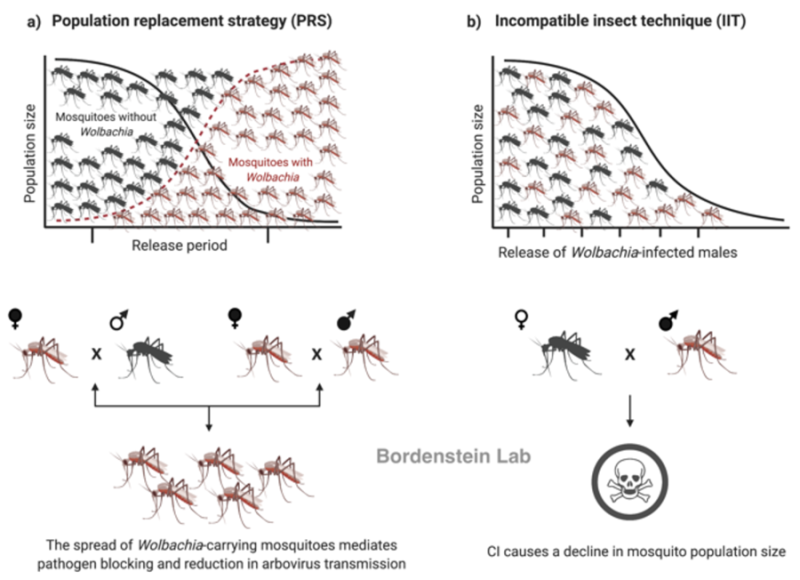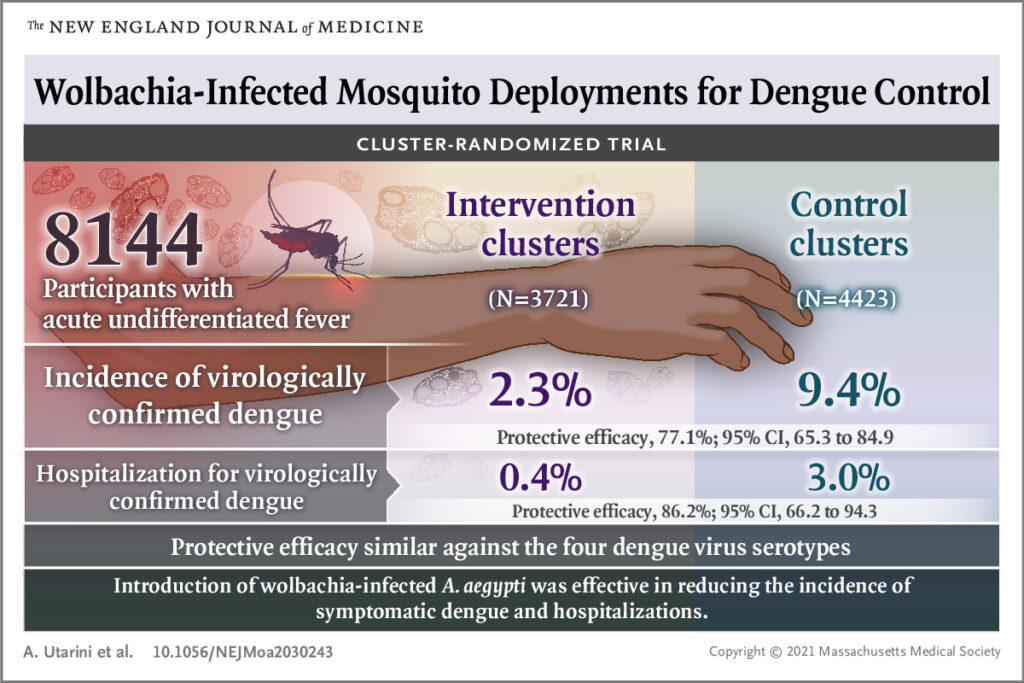Parasitic symbiotic relationships
Parasitic symbiotic relationships are close and long-term biological interactions where a parasitic organism benefits and consumes nutrients from the negatively affected host

Symbiosis is any type of a close and long-term biological interaction between two different biological organisms, be it mutualistic, commensalistic, or parasitic.
In parasitism, an individual organism, the parasite, consumes nutrients from another organism, its host, resulting in a decrease in fitness to the host. When the parasite causes disease in the host organism, we refer to them as pathogens.
Parasitic symbiotic relationships are close and long-term biological interactions where a parasitic organism benefits and consumes nutrients from the negatively affected host.
One interesting case of parasitic symbionts are microorganisms that manipulate the reproduction of their arthropod hosts. Cytoplasmatic inherited symbionts are very common in arthropods.
These reproductive parasites change the sex ratio and sexuality of their host to their benefit. Although the viability and fertility of infected females maybe mildly affected, these microbes can be highly virulent in males, often killing them or rendering them sterile.
There are many microorganisms that induce these reproductive alterations, but the most commonly found reproductive parasites are Wolbachia species.
One way Wolbachia manipulates its host is by cytoplasmic incompatibility, where both male and female hosts must have the same symbiont strain in order to produce viable offspring. For example, there is reproductive incompatibility if the male is infected by Wolbachia but the female is uninfected.
By killing the offspring from uninfected females, Wolbachia increases the relative fitness of infected females and enhances its chances to spread in the host population.
Although the reproductive manipulation strategy of Wolbachia lowers the overall fitness of the host population, it was also found that parasitic Wolbachia can give a benefit to its host by suppressing other viral pathogens (e.g., in Drosophila melanogaster).
Researchers realized that if Wolbachia could also suppress other viral pathogens such as Dengue and Zika in mosquitoes, this would be extremely important to limit the spread of these diseases in human populations.
Mosquitoes such as Aedes aegypti do not naturally carry the Wolbachia parasite, thus researchers injected Wolbachia into mosquito eggs hoping they could successfully establish mosquito populations with the parasite.
These mosquitoes were successfully bred, released into the wild, and integrated into A. aegypti wild populations without a problem. Researchers then confirmed a decrease of Dengue transmission in human populations where the mosquitoes with Wolbachia were released.

Parasitic symbiotic relationships
The other successful strategy that was used was the release of only symbiotic male mosquitoes into the wild.
These males cannot produce viable offspring with wild uninfected females, thus breaking down the wild mosquito population. In a recent study in Indonesia, male symbiotic mosquitoes were released and a significant reduction in the incidence of Dengue cases was observed.
These studies show how basic and applied science of species interactions can work in tandem and the great potential of this strategy in controlling mosquito-transmitted diseases that kill thousands of people every year.
You can check out speciesconnect.com for more information about interspecies interaction definitions or browse Interactions and Cases of species interactions.